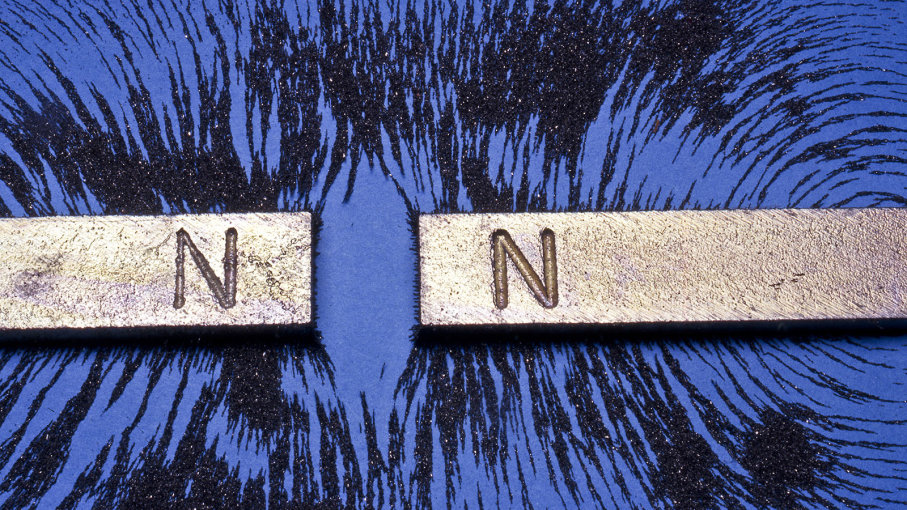How Are Magnets Made?
The magnet left a deep impression on us when we were little, and it felt like a very magical thing. When we grew up, we found that our lives are inseparable from it. For example, the magnets play an essential role in the magnetic levitation train, the nuclear magnetic resonance equipment of the hospital, the home audio speakers, and so on. Maybe you are wondering, how are magnets made? In this article, we will introduce the production steps of the magnet one by one. How Are Magnets Made?
How Are Magnets Made?
Before going any further, let's take a look at the brief history of the magnet. Humans discovered natural magnetite 5000 years ago. 2300 years ago, the Chinese ground the natural magnet into a spoon shape and placed it on smooth ground. Under the action of geomagnetism, the spoon handle pointed to the south, making it the world's first guide instrument. In the 1930s, Japan discovered new magnets with mixed elements of nickel, aluminum, and cobalt. In the 1970s, Japanese scientists invented a neodymium magnet. This new magnet is called the "king of permanent magnets". Without further ado, let's take a look at how magnets are made:
The Manufacturing Process of Common Magnets in Our Life
First of all, make the sand mold of the required magnet shape, and then you can cast the magnet. Materials for making magnets include copper, cobalt, sulfur, nickel, iron, aluminum, and titanium. Put these metals into an electromagnetic furnace and heat them to above 1600℃ to melt all the metals into liquid.
Next, pour the solution into the sand mold, and you will find that the sand mold burns because the gas in the hardened sand is flammable.
Then, use a hammer to pry open the casting mold, let the air enter the casting mold to cool the material, and let the gas burn out. Immediately afterward, the metal needs to be separated from the sandblock. Now, the cast metal is still an ordinary iron block, which does not have any magnetic force.
Then, tie the metal to the copper tube, put it into a larger tube, place the copper tube in the middle, closely packed with silica sand around it, and seal the ends with concrete to expose the ends of the copper tube.
Next, put it in a furnace and heat it at 700°C, then take it out. Then, fix the two ends of the copper tube with clamps, pass a low voltage high charge current through it, and then remove the metal. This step has made the metal slightly magnetized and correctly established the magnetic field direction.
Finally, magnets are made magnetic by a magnetizing machine. The machine transmits magnetism to the metal by an electric current. After the alternating current is applied, the capacitor is first charged with a high voltage (energy storage) and then discharged through a coil with very small resistance. The peak current during discharge is very high, which can reach tens of thousands of amperes. The strong magnetic field generated by the electromagnetic can permanently magnetize the metal.
Conclusion
Thank you for reading our article and we hope it can help you to have a better understanding of how magnets are made. If you want to know more about magnets, we would like to recommend you visit Stanford Magnets for more information. Stanford Magnets is a leading magnet product supplier across the world that has over two decades of experience in the manufacture and sale of all kinds of magnet products. We provide customers with high-quality rare earth permanent magnetic products such as neodymium magnets, and other non-rare earth permanent magnets at a very competitive price.














